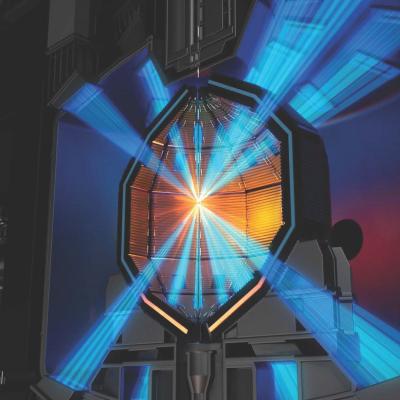LLNL researchers have developed additive manufactured fuel targets for IFE. They have been successful in using TPL to fabricate low density (down to 60 mg/cm3) and low atomic number (CHO) polymeric foams for potential targets, and some have been tested at the OMEGA Laser Facility. With TPL, LLNL researchers have also been able to fabricate a full fuel capsule with diameter of ~ 5mm or…
Keywords
- Show all (106)
- Additive Manufacturing (53)
- 3D Printing (8)
- Electric Grid (7)
- Carbon Utilization (6)
- Synthesis and Processing (5)
- Materials for Energy Products (4)
- Direct Air Capture (3)
- Microfabrication (3)
- Manufacturing Automation (2)
- Manufacturing Improvements (2)
- Power Electronics (2)
- Additively Manufactured (AM) Optics (1)
- Geologic Storage (1)
- Inertial Confinement Fusion (ICF) (1)
- Manufacturing Simulation (1)
- Material Design (1)
- Membranes (1)
- Precision Engineering (1)
- (-) Inertial Fusion Energy (IFE) (2)
- (-) Volumetric Additive Manufacturing (2)
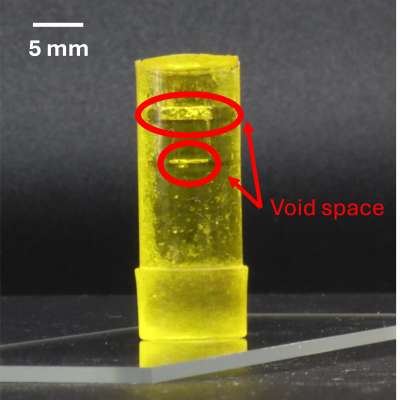
This LLNL invention is comprised of (1) a volumetric subtractive manufacturing system which can tomographically manufacture 3D structures with negative features (materials in negative space is degraded with light exposure), and (2) a hybrid volumetric additive/subtractive manufacturing system in which a gelled/solid structure is printed by resin material polymerization using one light, and…
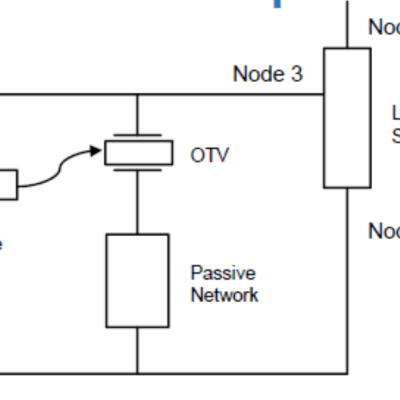
A thyristor will stay conducting until the current through the device is zero (“current zero”) or perhaps slightly negative. LLNL’s approach is to use the opticondistor (“OTV”) to force this current zero in order to force the device into an “off” state. By combining a light-activated thyristor with an OTV, a noise-immune, high efficiency, high-power switching device can be…
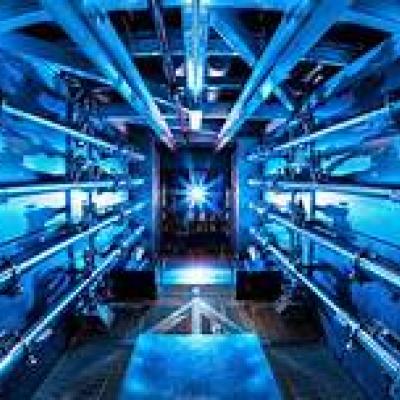
This invention configures multiple spherical substrate targets to roll independently of one another. The spheres’ rolling motion is deliberately randomized to promote uniform coating while eliminating the interaction (rubbing, sliding) of adjacent spheres that is present in conventional sphere coating designs. The devices’ novel structure features enable the collimation of depositing…
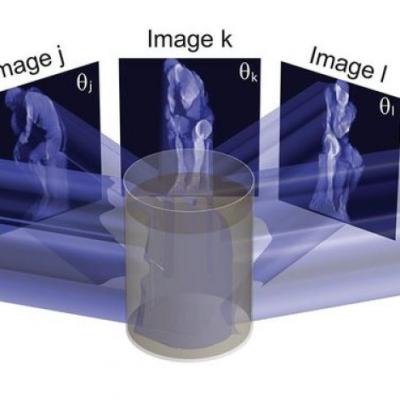
LLNL has developed a system and method that accomplishes volumetric fabrication by applying computed tomography (CT) techniques in reverse, fabricating structures by exposing a photopolymer resin volume from multiple angles, updating the light field at each angle. The necessary light fields are spatially and/or temporally multiplexed, such that their summed energy dose in a target resin volume…


